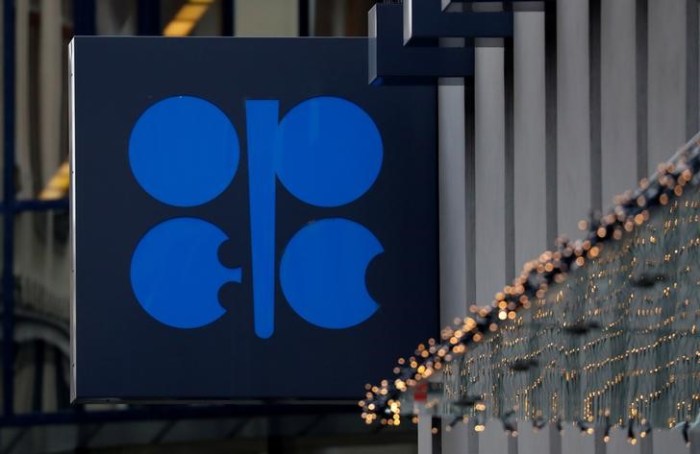NEW YORK (Reuters) – Oil ended slightly higher on Wednesday but remained below the session’s early highs above $40 a barrel, the highest since March, retreating as doubts emerged about the timing and scale of a potential extension to the pact between OPEC and its allies to cut crude supplies.
Oil prices were supported by a drawdown in U.S. crude inventories in the latest week, but came under pressure as U.S. refined product inventories surged on tepid demand. [EIA/S]
“As product demand remains subdued, gasoline inventories showed a solid build, while distillates showed a mammoth one – despite refinery runs being over 3.6 million barrels per day below year-ago levels,” said Matt Smith, director of commodity research at ClipperData.
Saudi Arabia and Russia have a deal to extend oil output cuts by a month, but a policy meeting on Thursday rather than later in June is unlikely, sources said. Early in the session, oil fell when Bloomberg reported the Thursday meeting was in doubt.
“Prices were firm so far this week on the news that the meeting was earlier,” said Olivier Jakob, oil analyst at Petromatrix. “The retracement today is definitely due to the latest headlines on OPEC.”
Brent crude futures for August settled up 22 cents, or 0.6%, at $39.79 a barrel. The session high of $40.53 was the highest since March 6. West Texas Intermediate (WTI) crude for July rose 48 cents, to $37.29 a barrel.
Both benchmarks have surged in recent weeks, with Brent more than doubling after hitting a 21-year low below $16 in April, when U.S. crude turned negative.
The OPEC+ group, comprising the Organization of the Petroleum Exporting Countries and allies including Russia, is cutting output by 9.7 million barrels per day (bpd) in May and June, equal to about 10% of global output before the coronavirus crisis.
Talks have been focused on keeping the current level of cuts beyond June. But a one-month extension would be shorter than some sources have said was under consideration.
Oil also weakened on reports that Gulf OPEC producers are not discussing extensions to their deeper voluntary production cuts beyond June.
Pointing to demand recovery, the services sector in China, the world’s second-biggest oil consumer, returned to growth last month, a survey showed.
(Additional reporting by Aaron Sheldrick and Alex Lawler; Editing by David Gregorio, Richard Chang and Tom Brown)























